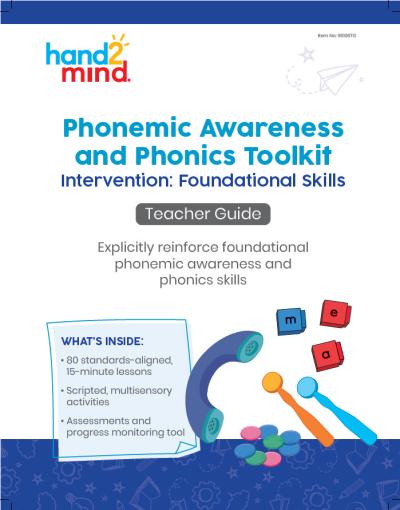Evaluation for 5.E.4a
Materials include a systematic sequence for introducing grade-level morphemes, as outlined in the TEKS. (PR 2.A.1)
The materials include some sequences for introducing grade-level morphemes. Students identify the prefix re- and use it to determine word meanings in Lesson 71. In Lesson 72, students decode and build words with the prefix un- using Elkonin boxes and Reading Rods. Lesson 74 focuses on the prefixes re-, un-, and introduces pre-; however, pre- is not a required grade 2 TEKS affix. In Lesson 77, students decode and encode words with the suffix -ly, such as kindly and sadly, using chip boxes, wands, and sentence-building activities. Additional lessons cover -er and -est endings. In the -er lesson, students build words like dancer and player using Reading Rods and identify the morpheme's meaning as "person who." In the -est lesson, students decode and encode comparative and superlative adjectives, such as highest and saddest, with scaffolded modeling and practice. The materials do not include instruction on -ion, -tion, or -sion. The materials include a systematic sequence for teaching morphemes. Lessons 71–80 follow a set order. The lessons begin with prefixes (re-, un-, and pre-). The lessons then teach inflectional endings (-s, -ed, and -ing). The lessons introduce suffixes (-ful, -ly, and -er) next. Materials include a systematic sequence for introducing grade-level morphemes. Materials include a systematic sequence for introducing several grade-level morphemes aligned with the TEKS. For example, Lessons 71, 72, 77, and 78 teach morphemes such as un-, re-, -ly, and -er. For grade 2, the materials provide lessons only on -es, -er, -est and the prefix dis-. There are no lessons for other prefixes or for comparative and superlative forms.



